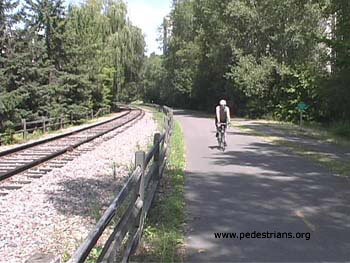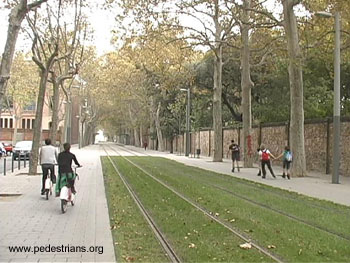kEiThZ
Superstar
Business demand is already very strong on VIA.
Oh I know. But my point is that, this is a massive opportunity to build on what is already a very successful (from a revenue point of view) offering. I mean we could easily see 1/3 of all pax on the HFR being business class travelers. I hope somebody at VIA takes that into account.
I have always wondered why rail operators don't put in more into their seats, the way airlines do. You don't necessarily need a lie flat like on airlines. But I'd love to see pod style business class seating which gives me real recline room, privacy, a nice large screen to watch what I want, etc. I am thinking of something like this:
https://www.ana.co.jp/wws/us/e/asw_common/serviceinfo/inflight/guide/seat.html?c=f-first_square
Heck, if I was in charge, the contract would be sole source to PriestmanGoode:
Offer something like that, and nobody will fly in the Corridor again.
Service wise, trains have a opportunity to crush airline competition. Weight considerations aren't as big deal. So food could be served on real china. The impact of altitude on taste buds isn't an issue, so they could have more sophisticated offerings. As it stands, VIA's catering is only borderline better than a standard long-haul economy airplane food, with more booze and a chocolate at the end. Another personal pet peeve on both VIA and Air Canada is that they don't do enough to promote Canadian brands and foods. Give me a nice cheese plate served with proper Ontario and Quebec cheeses and wines.
In any event, I recognize that meals are less important on a 3-4 hr ride. So I hope they improve quality and presentation and move to some kind of on-demand system. And I don't mean roaming through the cabin with a cart. I mean something like this:
If there are no screens onboard? Make it app based. Payment through app or screen.
I am always shocked at the lack of innovation in rail service. Not just in Canada by the way. It's remarkable, because even cheap airlines like Norwegian understand how to make this a revenue stream while removing friction from the transaction.
Last edited:







